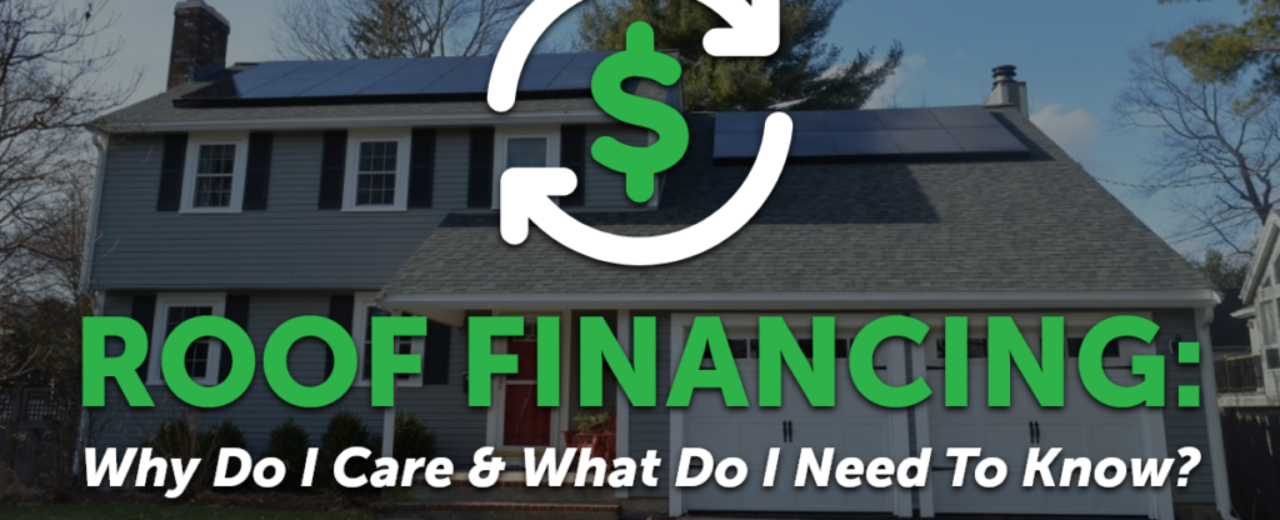Financing Your Roof Replacement: What Are My Options?
A roof replacement is one of the most important investments you can make for your home. It protects your property, improves energy efficiency, and boosts curb appeal. But let’s face it — it’s also a significant expense, often costing thousands of dollars. The good news is that you don’t have to pay for it all up front. There are several financing options available to help you spread out the cost while still getting the quality roof your home needs.
1. Homeowner’s Insurance
If your roof damage is caused by a covered peril — such as hail, wind, or falling debris — your homeowner’s insurance may pay for all or part of the replacement. Keep in mind:
- Damage from normal wear and tear isn’t covered.
- You’ll need to pay your deductible.
- An insurance adjuster will inspect the damage before approving the claim.
Always contact your insurance company first if you think storm damage may be the cause.
2. Roofing Company Financing Plans
Many roofing contractors partner with third-party lenders to offer in-house financing. These plans often include:
- Low or no-interest promotional periods
- Fixed monthly payments over a set term
- Quick approval processes with minimal paperwork
This option is convenient because your contractor can assist you in applying for and securing financing as part of the project process.
3. Home Equity Loan or HELOC
If you have built up equity in your home, you may qualify for:
- Home Equity Loan – A lump sum with a fixed interest rate, repaid over a set term.
- Home Equity Line of Credit (HELOC) – A revolving credit line you can draw from as needed, typically with a variable interest rate.
Both options often offer lower interest rates than personal loans or credit cards, but they use your home as collateral.
4. Personal Loans
Banks, credit unions, and online lenders offer unsecured personal loans for home improvement projects, including roof replacements. These loans:
- Don’t require collateral
- Can have fixed or variable interest rates
- Typically have repayment terms of 2–7 years
Approval depends on your credit score and income, and rates may be higher than those for secured loans.
5. Credit Cards
While not the most cost-effective option, using a credit card with a low or 0% introductory APR can be a sensible choice if you can pay off the balance before the promotional period ends. Be cautious — interest rates can climb steeply afterward.
6. Government Programs and Grants
In some areas, state or federal programs offer low-interest loans or grants for home repairs, particularly for energy-efficient upgrades or for homeowners in specific income brackets. Your local housing authority can provide more details.
Final Tip: The best financing option depends on your budget, credit profile, and whether the replacement is planned or an urgent need. Before making a decision, compare interest rates, repayment terms, and total costs. A reputable roofing contractor can help you understand your options and connect you with trusted lenders, allowing you to protect your home without breaking the bank.


